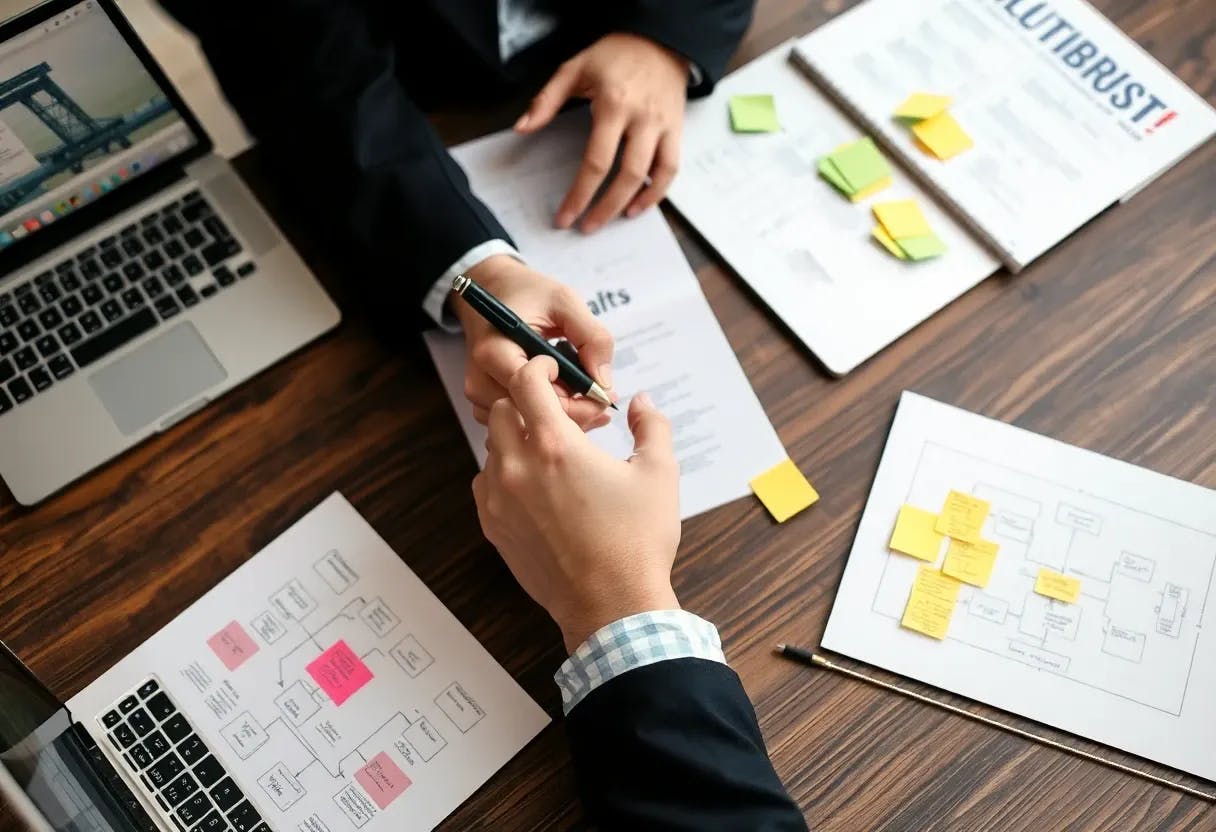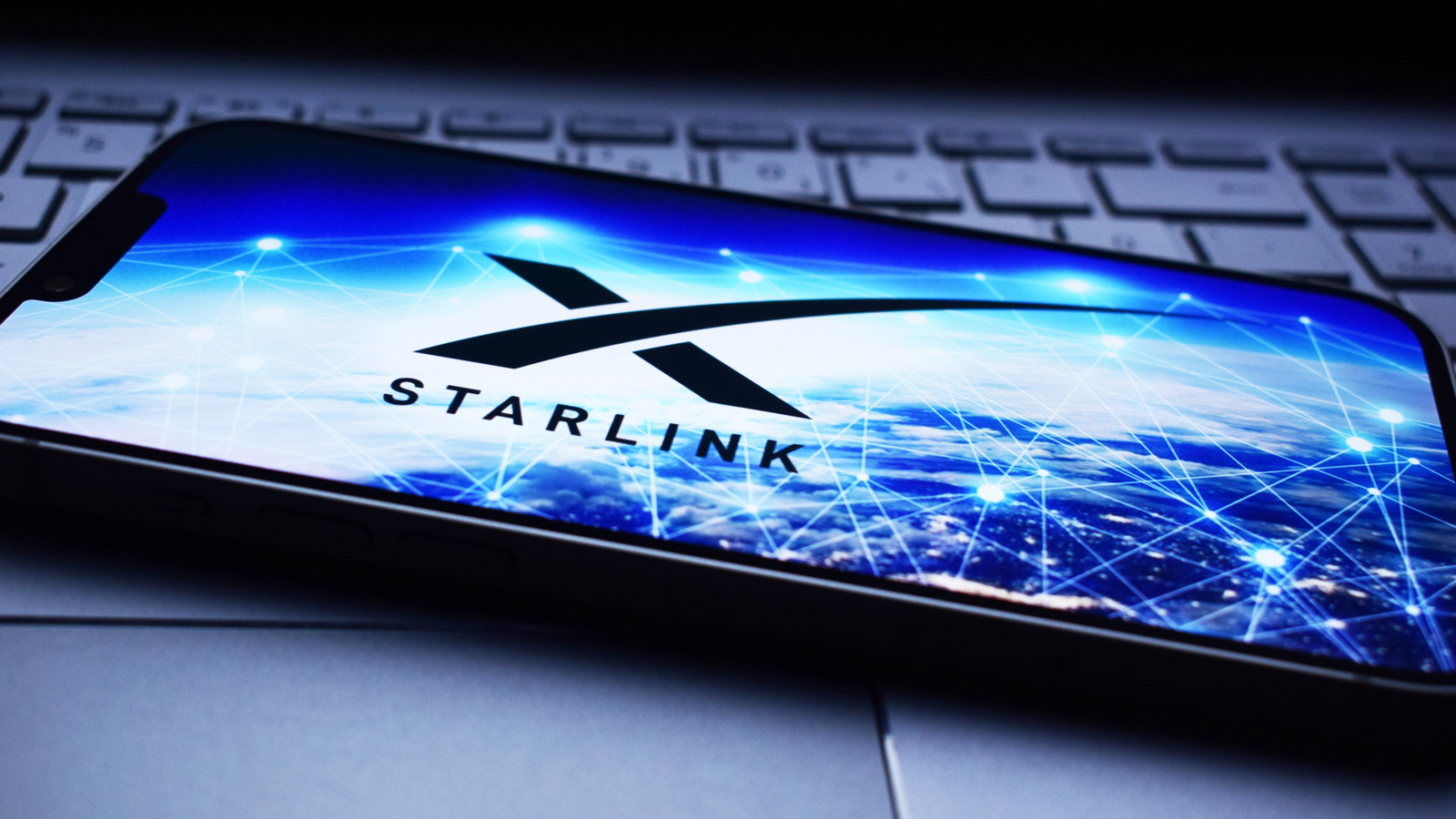Starting in 2025, Apple has aligned its operating system releases by year. That means iOS 26, iPadOS 26, and watchOS 26 are the next versions of their respective software, alongside macOS Tahoe. And with these changes comes a new design, called Liquid Glass, which gives your icons, toolbars, menus, and other elements a translucent appearance as if you’re eyeing them through glass. The problem? Not everyone loves the new look.
Despite the hype surrounding the new theme, there are more exciting features in iOS and macOS this year. I’ll confess that I’ve been on the fence about it. I like some aspects, such as the effect it has on icons and folders, but I don’t like how it sometimes obscures menu items and other controls. Some people have even complained that it makes them feel sick in dark mode.
If you’re not happy with the Liquid Glass aesthetic, I have bad news: You can’t turn it off. However, you can at least tone it down, essentially making your screen elements more opaque. Plus, there are other ways to adjust your screen to mitigate the effects of Liquid Glass.
Reduce Transparency on Liquid Glass
To tone down the effect on an iPhone, I went to Settings > Accessibility > Display & Text Size and enabled Reduce Transparency. Now, when I look at the folders and menus on my home screen, I can see that the translucent look has been replaced by a more opaque one.
(Credit: PCMag / Apple)
I can do the same on my iPad by opening Settings > Accessibility > Display & Text Size and turning on Reduce Transparency. I can then see that the transparency effect on the icons, folders, menus, and dock has been reduced to look more opaque and less transparent.

(Credit: Lance Whitney / Apple)
To do this on a Mac, I go to System Settings > Accessibility > Display and turn on the switch next to Reduce Transparency. You’ll notice that the icons, folders, menu bar, dock, and widgets have all been changed to appear less transparent than before.

(Credit: Lance Whitney / Apple)
You can tone down Liquid Glass on an Apple Watch through the Watch app on your iPhone. After opening the app, I went to the My Watch screen, chose Accessibility, then enabled Reduce Transparency. To do this directly on my watch, I went to Settings > Accessibility and turned on Reduce Transparency.

(Credit: Lance Whitney / Apple)
Looking at my watch screen before and after the change makes the changes stand out. The Notification panels and Control Center are good examples, since you can clearly see the difference with transparency reduced.

Get Our Best Stories!
Love All Things Apple?

By clicking Sign Me Up, you confirm you are 16+ and agree to our Terms of Use and Privacy Policy.
Thanks for signing up!
Your subscription has been confirmed. Keep an eye on your inbox!

(Credit: Lance Whitney / Apple)
Enable Dark Mode
Beyond reducing transparency, I’ve found that Liquid Glass looks better in dark mode instead of light mode because it hides much of the new design. To do this on an iPhone or iPad, go to Settings > Display & Brightness and change the appearance from Light to Dark. You can do the same on a Mac by going to System Settings > Appearance > Dark.

(Credit: PCMag / Apple)
Customize the Home Screen
Thanks to the Home screen customization options introduced with iOS 18, I can also make changes to the color and lighting of icons and widgets that may improve readability. To do this, I can press down on any open area of the Home screen, tap the Edit button at the top, and then select Customize. Now, I have several options for adjusting the screen’s appearance.

(Credit: PCMag / Apple)
Tapping the small sun icon at the left of the bottom pane alternates the screen and widgets between light and dark shades. If I tap the square icon at the right of the page, it’ll increase the size of the icons and folders. The only drawback with the larger size is that the names disappear.
Recommended by Our Editors

(Credit: PCMag / Apple)
If I tap the Dark icon at the bottom, it’ll paint the Home screen with a darker tone. I can also switch the option from Always to Auto, in which case the icons and widgets take on a dark appearance at night and a light appearance during the day.

(Credit: PCMag / Apple)
Tapping the Clear icon paints the Home screen icons and widgets with a clear look similar to Liquid Glass but without the color. Here, I can also switch from Light to Dark to give the screen a darker look or to Auto to make it dark during the night and light during the day.

(Credit: PCMag / Apple)
Next, I can tap the Tinted icon. This gives me a host of choices for tweaking the appearance of the screen. By moving the first slider right and left, I can change the color of the tint. By moving the second slider, I can modify the lightness of the tint.

(Credit: PCMag / Apple)
Finally, I can select some preset looks. Using the icons under the sliders, I can choose specific colors and even pick a color from my existing wallpaper. I could play with these different settings all day, but at some point, I have to get back to work. My advice to you is to pick a specific appearance and live with it for a while. If it grows on you, great. If not, you can always go back and try a different look.

(Credit: PCMag / Apple)
More Changes to Come
A new toggle spotted in the latest developer beta for iOS 26.1, iPadOS 26.1, and macOS 26.1 suggests that Apple will bring the Clear and Tinted options from the homescreen to the full OS. Clear is the design you’ve been using since Liquid Glass launched in September, while Tinted is an opaque option that adds contrast to the design. Apple hasn’t announced when iOS 26.1 will drop, but it’s likely coming by month’s end.
This Tweet is currently unavailable. It might be loading or has been removed.
About Our Expert

Lance Whitney
Contributor
Experience
I’ve been working for PCMag since early 2016 writing tutorials, how-to pieces, and other articles on consumer technology. Beyond PCMag, I’ve written news stories and tutorials for a variety of other websites and publications, including , ZDNet, TechRepublic, Macworld, PC World, Time, US News & World Report, and AARP Magazine. I spent seven years writing breaking news for as one of the site’s East Coast reporters. I’ve also written two books for Wiley & Sons—Windows 8: Five Minutes at a Time and Teach Yourself Visually LinkedIn.
I’ve used Windows, Office, and other Microsoft products for years so I’m well versed in that world. I also know the Mac quite well. I’m always working with iOS, iPadOS, watchOS, and Android on my various mobile devices. And these days, I write a lot about AI, so that’s become another key area for me.
My wife always jokes about all the tech products we have around the house, but I manage to put them to good use for my articles. I like Lenovo computers, so I own a couple of Lenovo desktops and several laptops. I have three MacBooks and a Mac mini. For my mobile life and work, I use an iPhone 16 Pro, iPad Pro, and iPad mini as well as an Apple Watch. But since I write about Android, I own several Android phones and tablets. Like any tech person, I have a cabinet full of cables, wires, and assorted mysterious gadgets. And when it’s time to take a break from writing, I have an old Xbox 360 and Nintendo Wii, both of which I use for exercise and fitness games.
Read Full Bio











